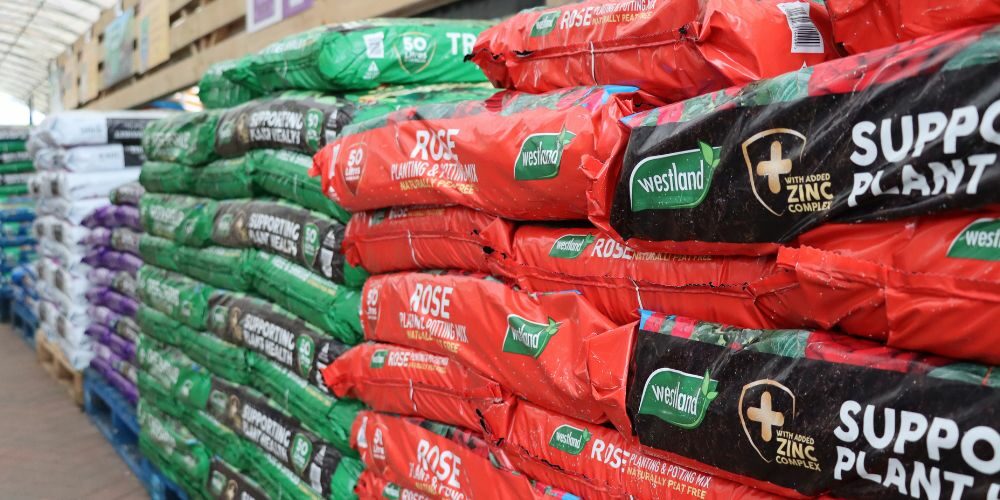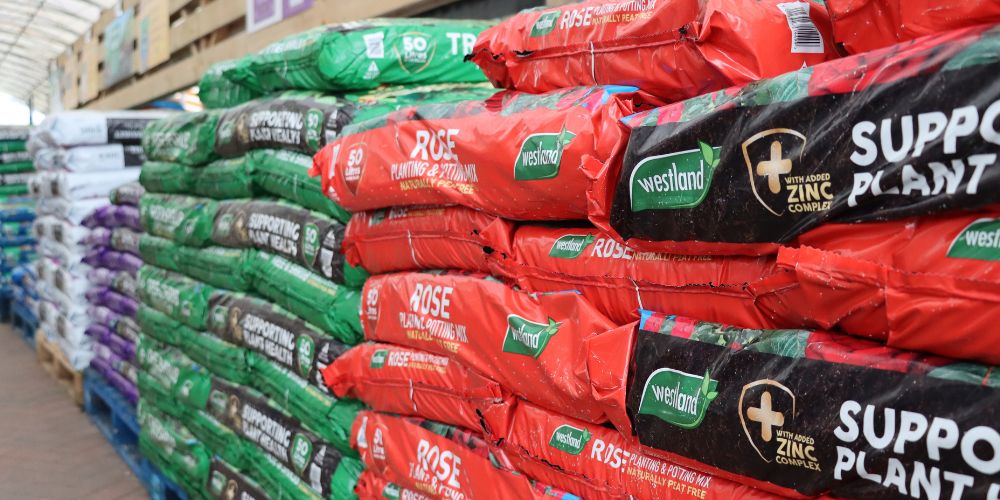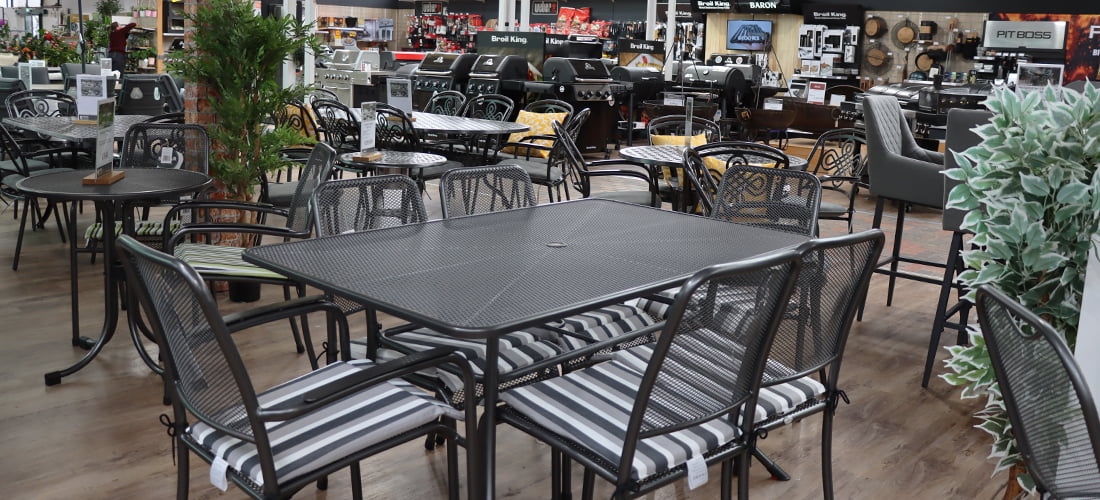Peat-based composts have been the norm for many decades in the UK. Concern over the loss of habitat and the contribution to climate change has resulted in peat-based composts being phased out for home gardeners by the end of 2024 and for professional growers by the end of 2026.
Peat in composts had the ability to lock in moisture and nutrients. It was also plentiful, relatively inexpensive and rarely contained harmful bacteria or pathogens. So how do peat-free composts measure up?
What is peat free-compost made of?
Most peat-free composts are made up of a mixture of organic materials. This includes seed, ericaceous, general purpose and tree, shrub and rose composts.
- Wood Fibre: Easily tailored to suit different types of compost, this material will help to improve drainage
- Green waste: Local councils and some private contractors collect and compost garden and food waste. It has a high nutrient content and producers have to abide by industry standards
- Composted Bark: usually pine bark. It is very stable and porous and can help keep composts loose and aerated
- Coir (coconut fibre): this waste product is mainly imported from Sri Lanka and India. It has excellent water holding properties whilst still allowing for good drainage. However, it does not hold on to nutrients well
- Sheep Wool: Wool increases water retention and acts as a source of slow-release nitrogen and other trace elements
- Bracken: This invasive plant can be sustainably harvested. It makes a great soil conditioner and is often used in ericaceous composts
Added extras: Some composts may contain added nutrients such as John Innes 2 and 3. These may be mineral fertilisers or granular fertilisers. Most companies keep their recipes secret so may just say ‘with added nutrition’ on their packaging. Some composts contain moisture retaining gels or granules and are useful for summer containers and hanging baskets.
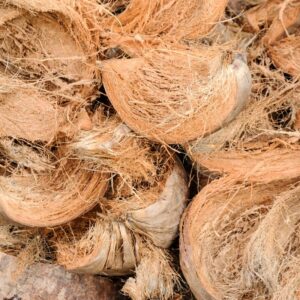
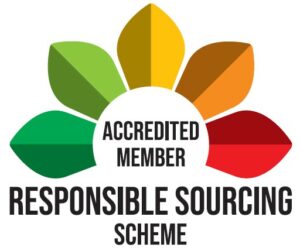
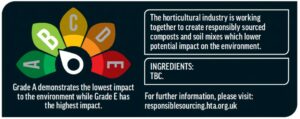
The Responsible Sourcing Scheme
The horticultural industry has created a Responsible Sourcing Scheme for composts and soil mixes. It is similar idea to energy performance certificates, used for rental properties and white goods. It will help you check the environmental rating of a particular compost. The scheme is voluntary but members are now starting to show the logo on the front of their packaging. This logo indicates the manufacturer is an accredited member of the scheme, it does not indicate the compost’s rating. That information is on the back of the bag.
On a walk around the compost bays today about half of the products for sale showed the Accredited Member logo. However, when I turned the packaging over to find a rating, none of the packs showed one. Instead there was a QR code, which you can use to look up that particular product. As the scheme is new and becomes more widely known and used, manufacturers will print the logos and ratings on their packaging. Some products have not yet been assigned a rating, but I think it is encouraging that the industry is working towards giving gardeners the tools they need to make an informed decision.
How Do I Use Peat-Free Compost?
While the shift towards peat-free alternatives has had mixed reviews, it is essential to understand that peat-free doesn’t behave in quite the same way as peat-based compost. Also the mixes from different suppliers may behave differently to each other. We need to make some adjustments to get the most out of it. Here are some tips:
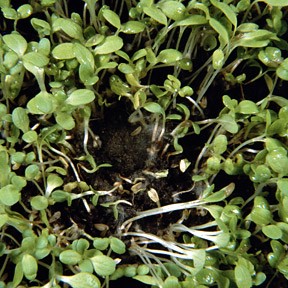
Assess Moisture Levels: Peat-free compost often looks dry on the surface but is actually fully damp underneath. Check moisture levels by sticking you finger down the side of the pot or lift it to feel its weight. This simple check will prevent overwatering. Overwatered seedlings often succumb to ‘damping off’, which essentially means they get mouldy and collapse.
Feed Earlier: Unlike peat-based compost, peat-free alternatives do not hold nutrients as effectively. Unless the compost states that it has a long life fertiliser it is recommended to use a half-strength liquid feed once the true leaves appear or after about 4 weeks. Make feeding a part of your weekly routine ‘Feedy Friday’ is a good way to remember to do this. We recommend using a seaweed feed until flowering then switching to a tomato feed.
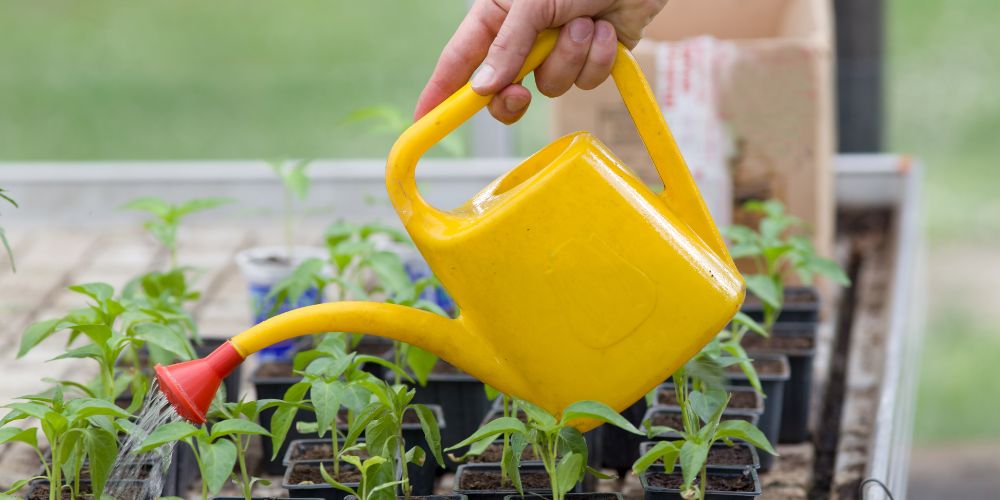
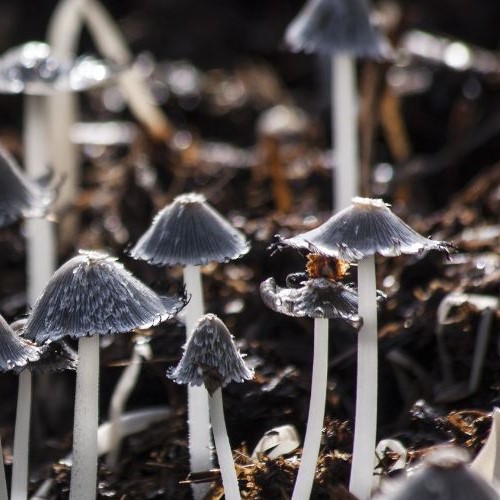
Many Mushrooms: Most peat-free composts contain wood chip so expect to find mushrooms growing in your pots. While this may seem concerning, simply pick off the mushrooms and compost them as usual, they won’t do any harm.
Combat Sciarid Flies: These tiny little fungus gnats can be a real nuisance indoors and can damage small seedlings. They love peat-free composts. You can try any or all of the following chemical-free methods- Place a sundew carnivorous plant nearby. These have sticky dewy leaves that attract, then trap and dissolve the flies. Venus fly traps don’t really work for Sciarid Flies as they are too small to trigger the traps successfully.
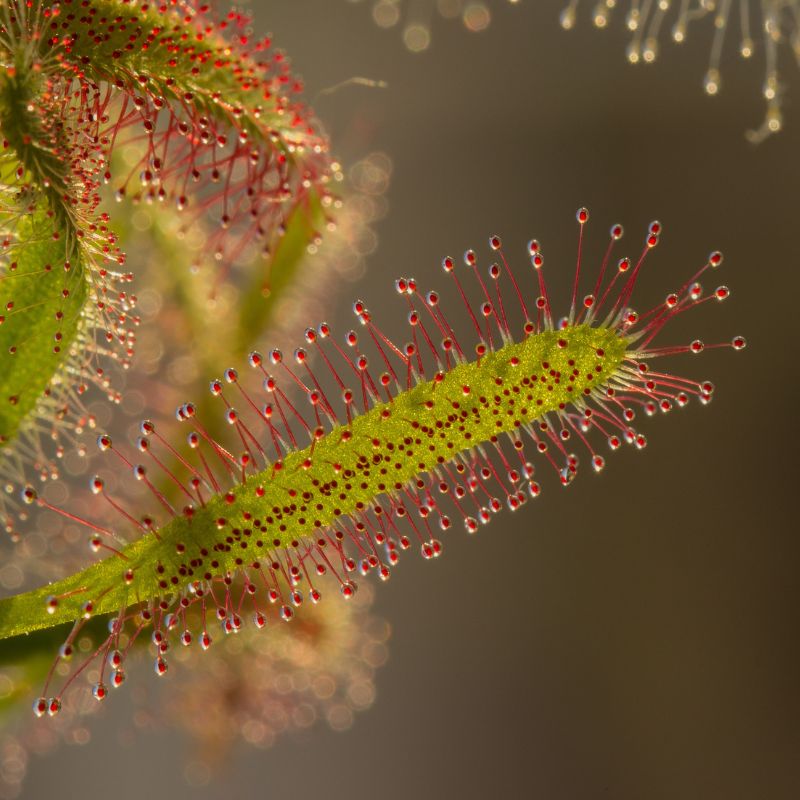
A) Place a sundew carnivorous plant nearby. These have sticky dewy leaves that attract, then trap and dissolve the flies. Venus fly traps don’t really work for Sciarid Flies as they are too small to trigger the traps successfully.
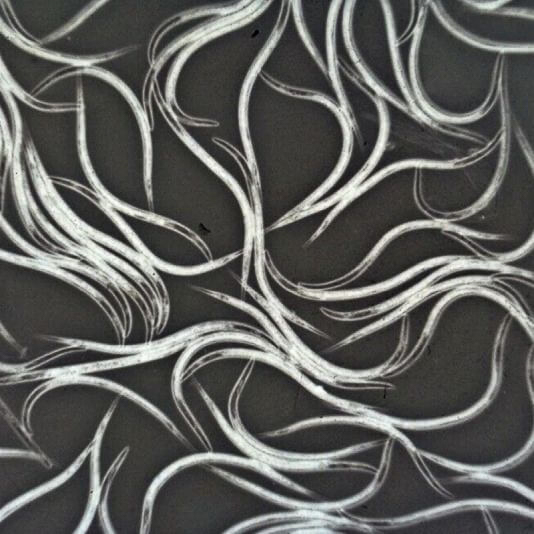
B) Use a biological control. Biological controls for sciarid flies are available online and are delivered by post. There is a nematode drench option that will eliminate sciarid flies.
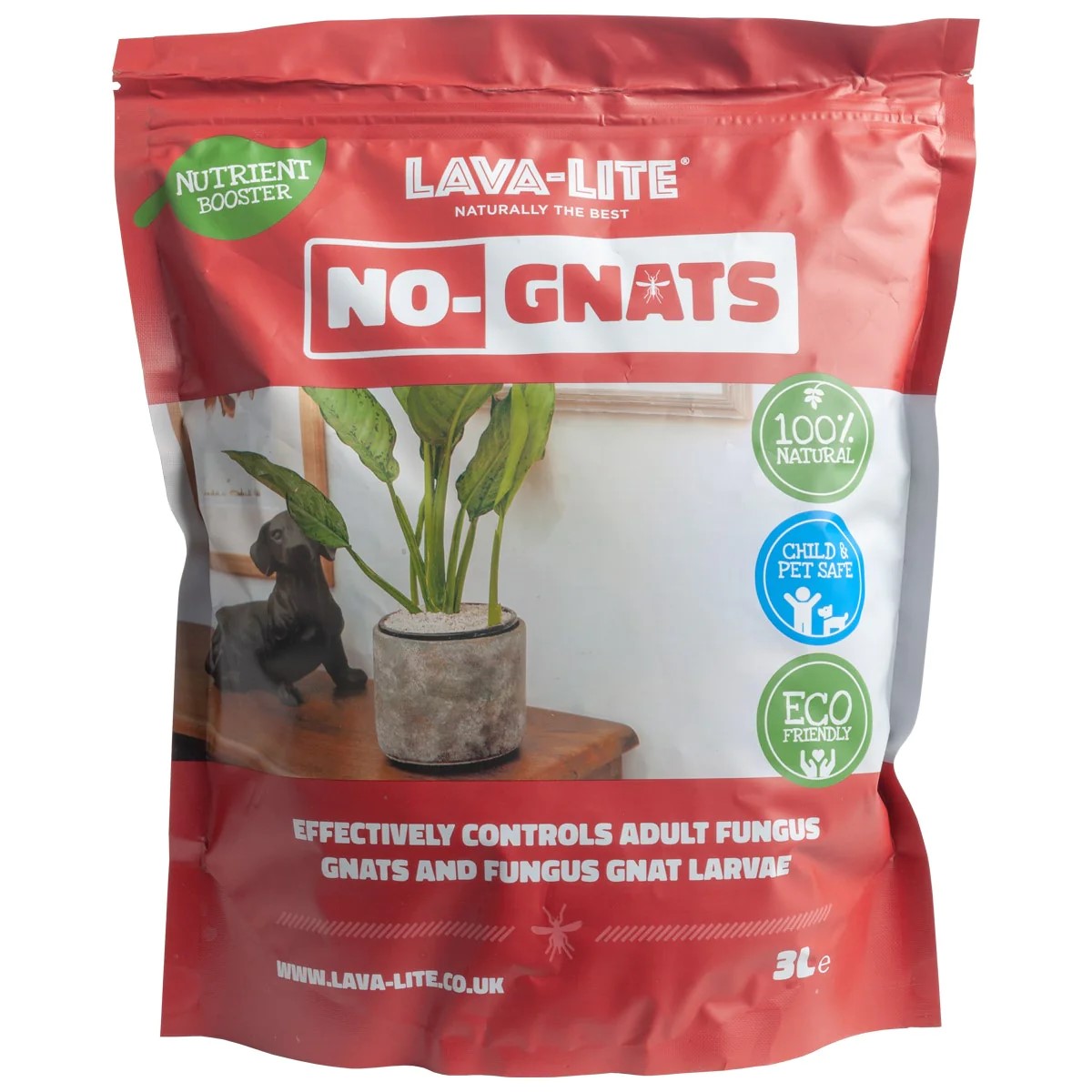
C) Cover compost in pots with a thick layer of fine grit. This prevents the flies accessing the compost to lay eggs. The product Lava Lite– No Gnats is very effective for this.
Use a sieve: Peat-free compost can have quite large particles and chunks. Sieve the compost to create a finer medium in which to sow or choose a specific seed sowing compost.
Mix it Up: Don’t be afraid to mix different types of compost together to make one that works for you. Ingredients such as loam, sand or grit mixed with leaf mould or home-made compost can be useful for potting on plants. Don’t use home-made compost for sowing seeds as it has not been sterilised and may introduce fungal problems.
Changing to peat-free compost will require some adjustments. Follow these tips to make the transition successfully, and continue to grow thriving plants in your garden. Happy gardening!
Peat Bog near Glencoe Scotland
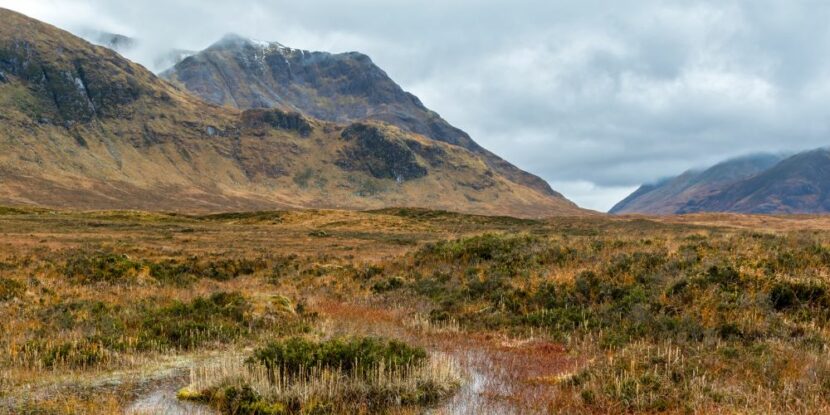
All information correct at time of publishing April 2024.
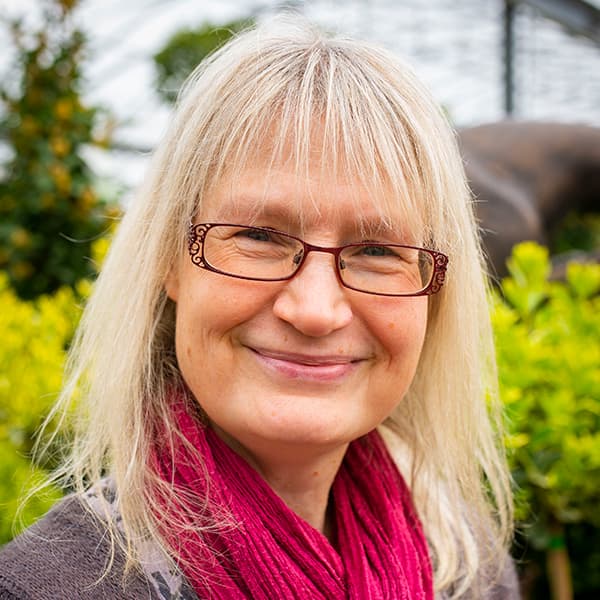
By our resident horticultural expert





